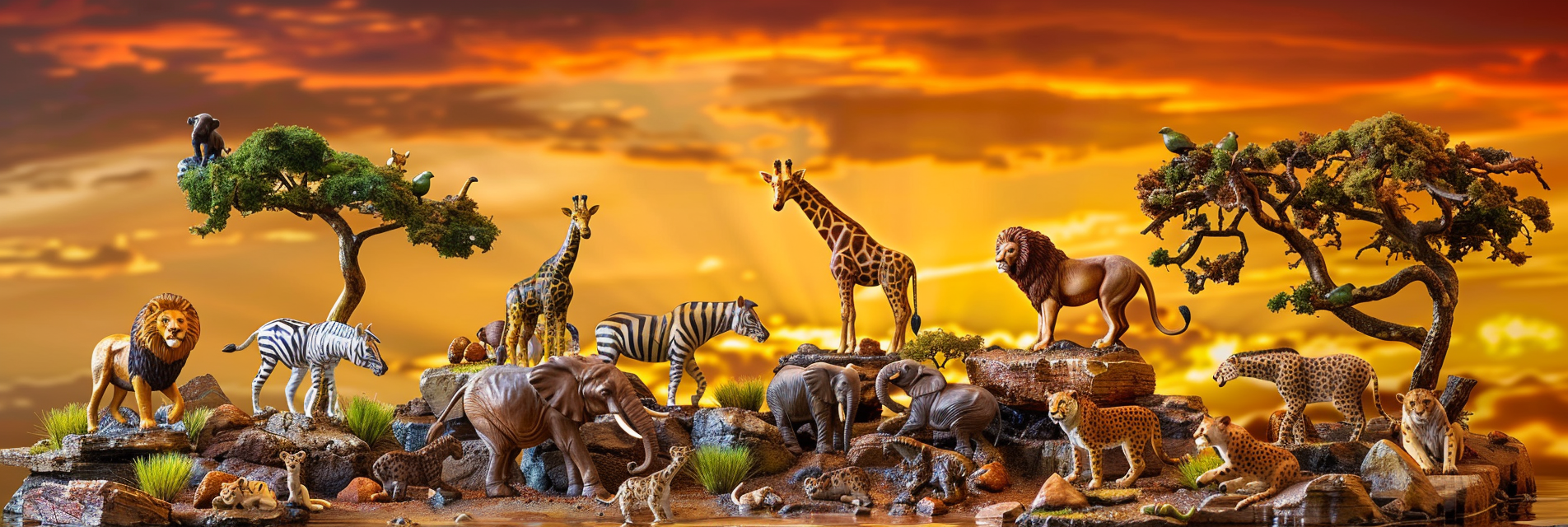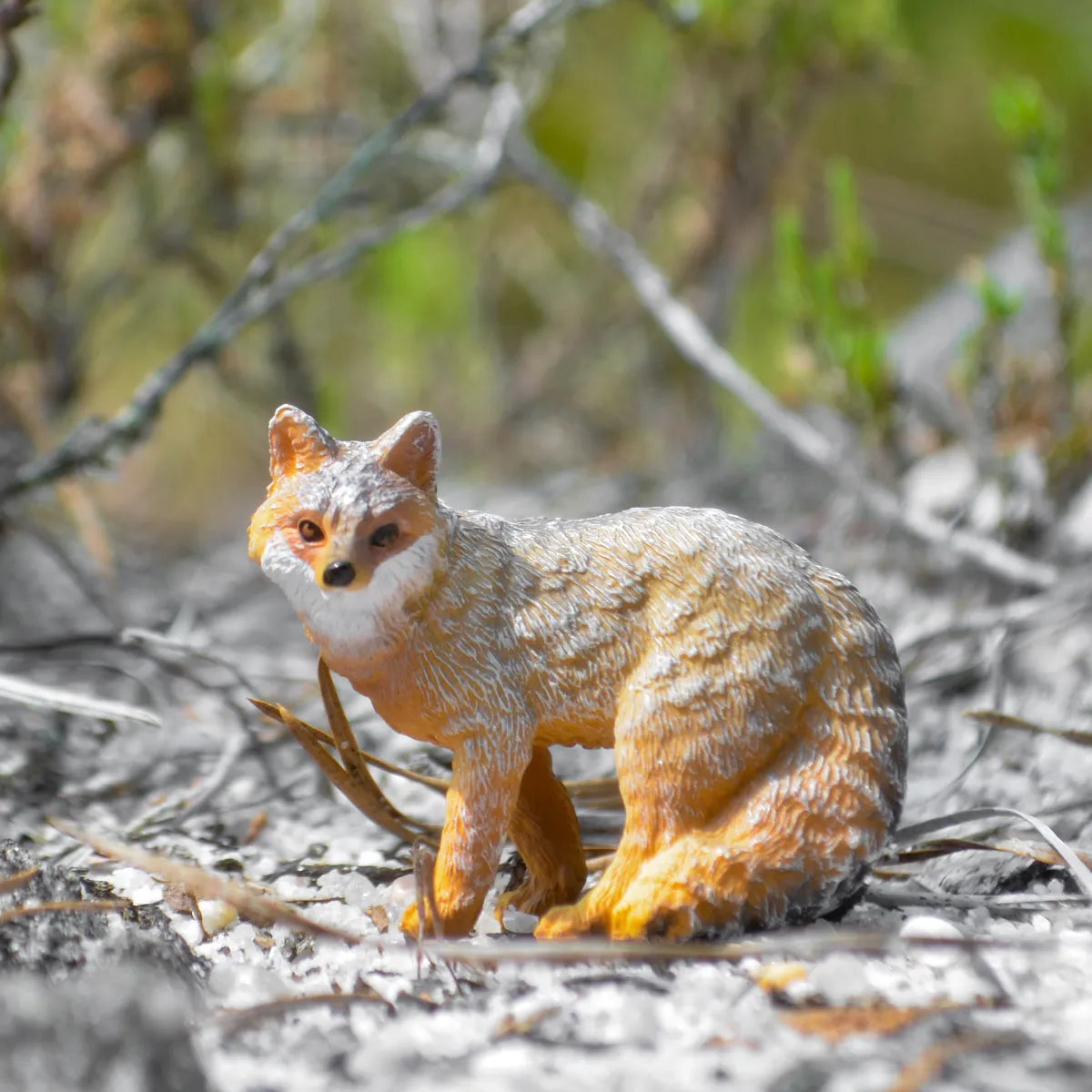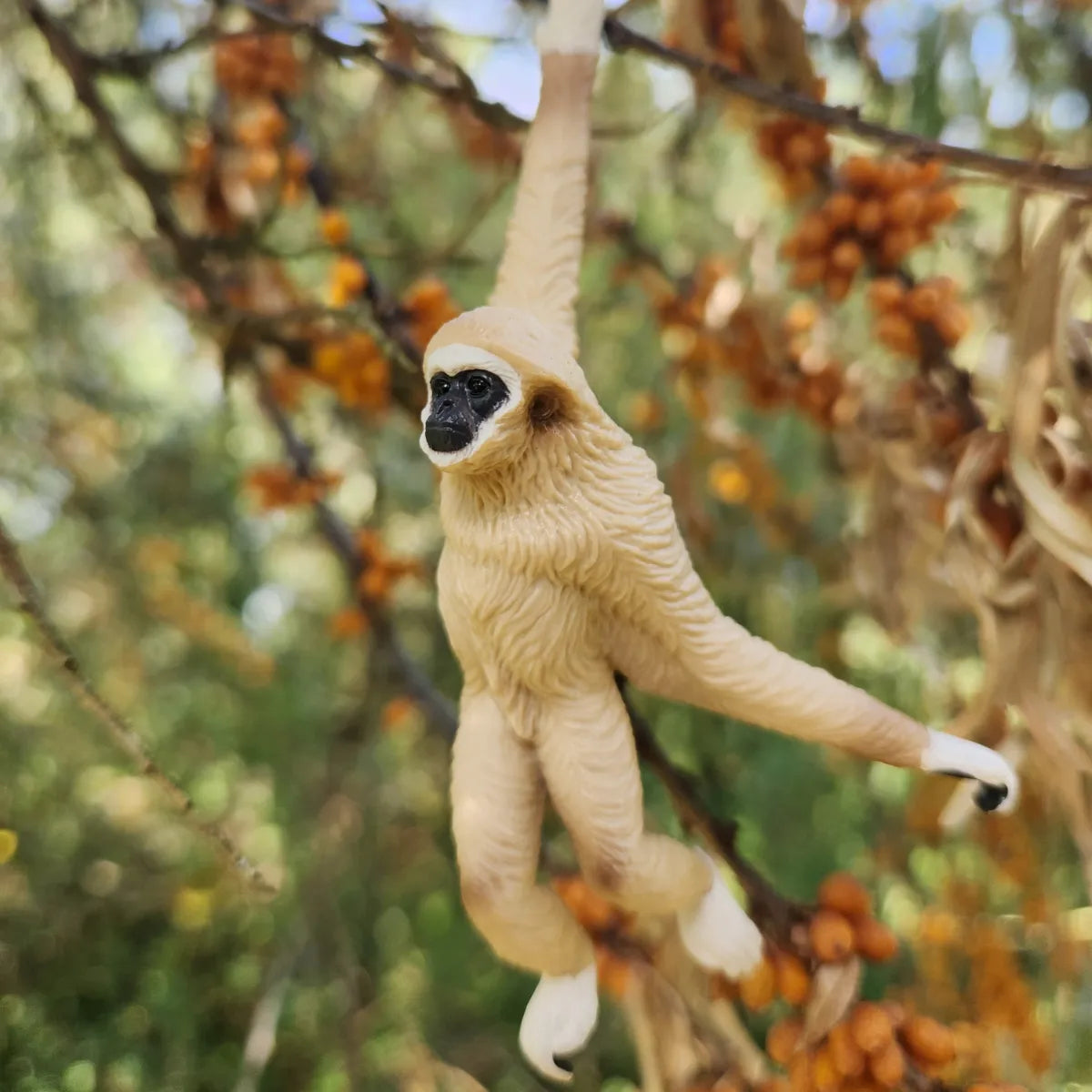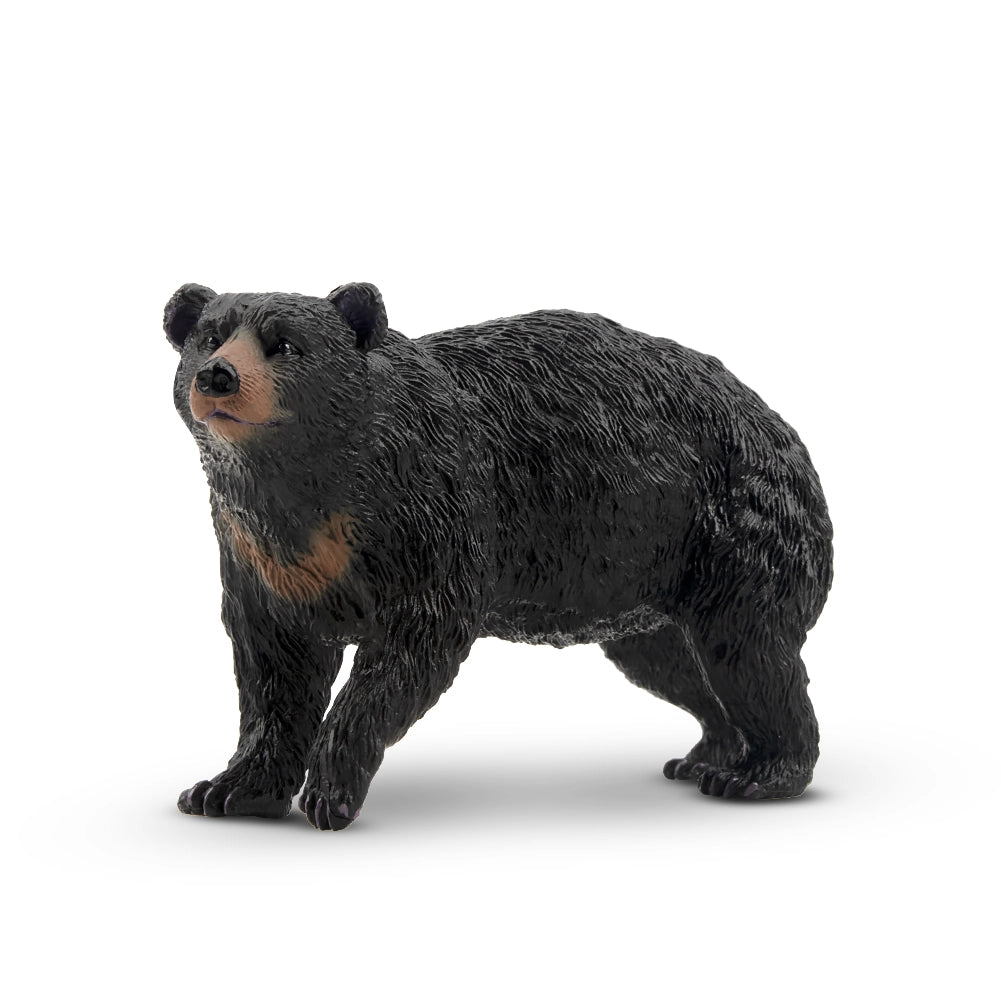
Black Bear
Also known as the American black bear, is the most common and widely distributed bear species in North America. Despite its name, the black bear exhibits a range of colors from black to chocolate brown, cinnamon, and even white in rare cases, such as the Kermode bear of British Columbia.
Scientific Name
Ursus americanus
Behavior
Black bears are solitary animals, except for females with cubs or during the mating season. They have a varied diet that includes fruits, nuts, acorns, insects, small mammals, and carrion. They are also known to forage in human-populated areas, attracted by garbage, pet foods, and other easily accessible food sources, which sometimes leads to conflicts. Black bears are excellent climbers and often ascend trees for safety, food, or as a resting place. They hibernate in colder climates, with their hibernation period varying based on local weather conditions and food availability.
Breeding
The mating season for black bears occurs in the late spring and early summer. Females give birth during the hibernation period in January or February to a litter of one to four cubs, usually every other year. Cubs are born blind and weigh approximately half a pound. They are entirely dependent on their mother for warmth and nourishment in the den. Cubs stay with their mother for about 1.5 years, during which they learn essential survival skills.
Characteristics
Adult black bears typically weigh between 100 to 600 pounds (45 to 272 kg), with males being larger than females. They can stand 2.5 to 3 feet (0.75 to 0.9 meters) tall at the shoulder on all fours and up to 5 to 7 feet (1.5 to 2.1 meters) tall when standing upright. Black bears have strong, non-retractable claws that aid in climbing, digging, and tearing apart logs to find food.
History
Black bears have a long history in North America, coexisting with indigenous peoples and European settlers. They were hunted and trapped extensively for their fur and meat. By the early 20th century, habitat destruction and unregulated hunting had significantly reduced their numbers in many areas. Conservation efforts and better management practices have helped to stabilize and increase black bear populations in recent decades.
Current Status
The black bear is classified as Least Concern by the International Union for Conservation of Nature (IUCN) due to its wide distribution and large population size. Conservation measures, including regulated hunting, habitat protection, and public education on preventing conflicts, have been effective in managing black bear populations. However, ongoing challenges include habitat fragmentation, human-bear conflicts, and climate change impacts on their natural habitats and food sources. Efforts continue to focus on understanding black bear ecology, improving coexistence strategies in areas of human-bear interface, and ensuring the conservation of their habitats.





